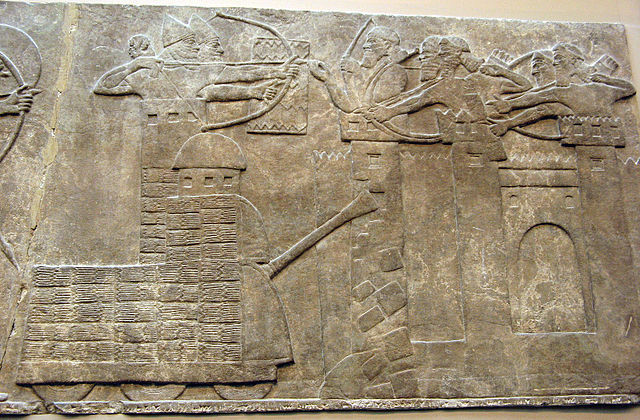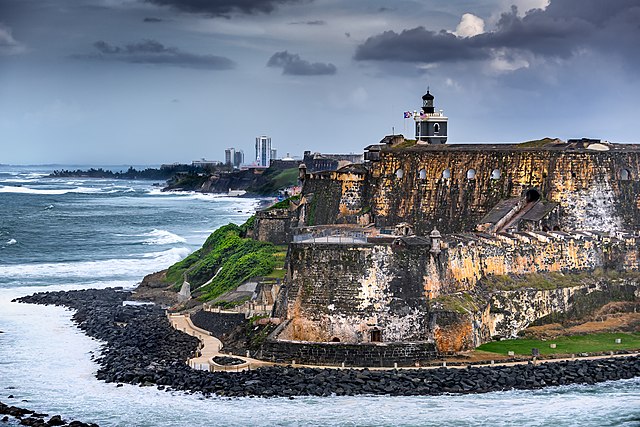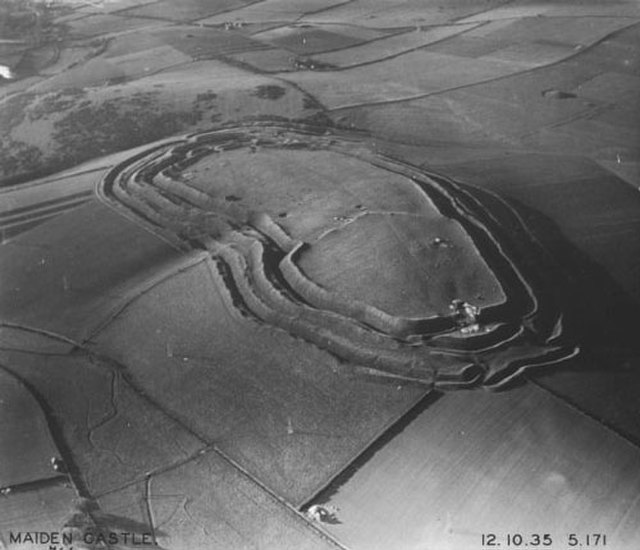A defensive wall is a fortification usually used to protect a city, town or other settlement from potential aggressors. The walls can range from simple palisades or earthworks to extensive military fortifications with towers, bastions and gates for access to the city. From ancient to modern times, they were used to enclose settlements. Generally, these are referred to as city walls or town walls, although there were also walls, such as the Great Wall of China, Walls of Benin, Hadrian's Wall, Anastasian Wall, and the Atlantic Wall, which extended far beyond the borders of a city and were used to enclose regions or mark territorial boundaries. In mountainous terrain, defensive walls such as letzis were used in combination with castles to seal valleys from potential attack. Beyond their defensive utility, many walls also had important symbolic functions – representing the status and independence of the communities they embraced.
9th century BC relief of an Assyrian attack on a walled town
The lakeside wall of the Yueyang Tower, Yuan dynasty
Medieval defensive walls and towers in Szprotawa, Poland, made of field stone and bog iron
Dangjin-myeoncheon-eupseong (唐津沔川邑城)
A fortification is a military construction designed for the defense of territories in warfare, and is used to establish rule in a region during peacetime. The term is derived from Latin fortis ("strong") and facere.
Castillo San Felipe del Morro, Puerto Rico. The fortress and walled city of Old San Juan are a UNESCO World Heritage Site.
Castillo San Felipe de Barajas, Colombia. Cartagena's colonial walled city and fortress were designated a UNESCO World Heritage Site.
Maiden Castle in 1935. The Iron Age hillfort was first built in 600 BC.
Early 20th century aerial photograph of the fortifications of Valletta, Malta, which were built in the 16th and 17th centuries.








